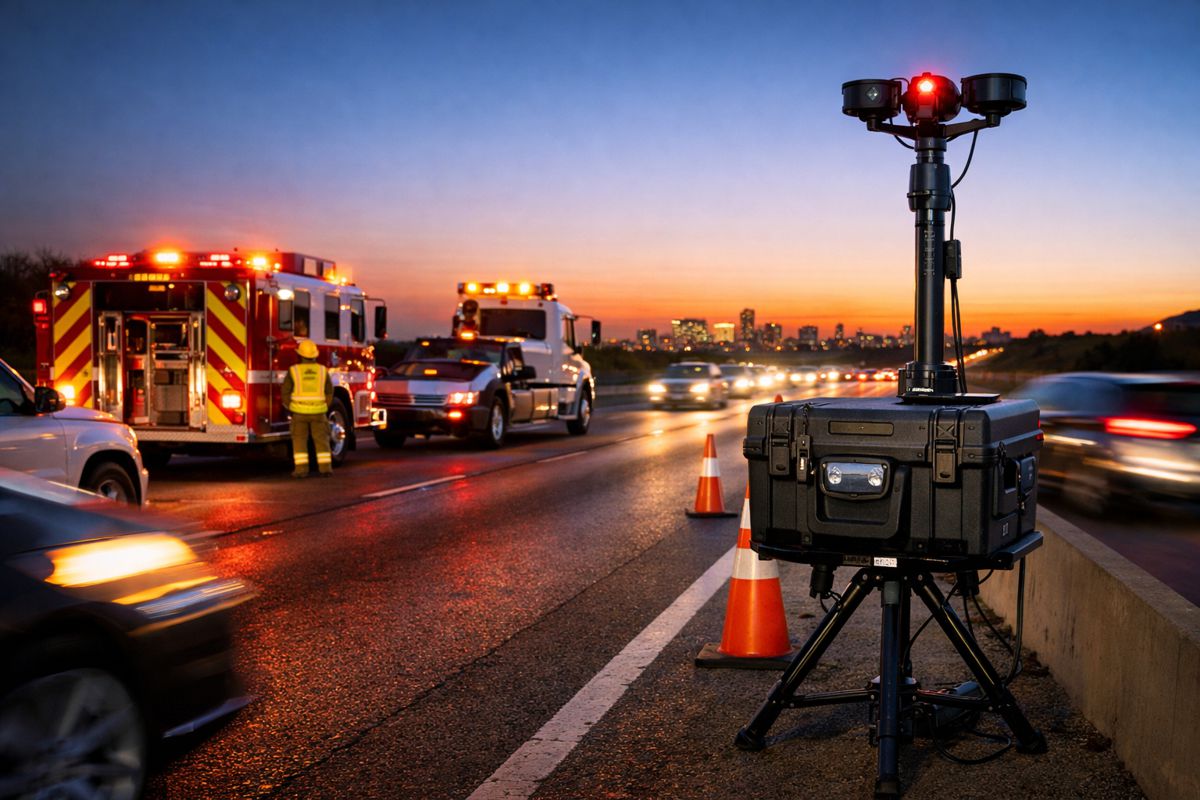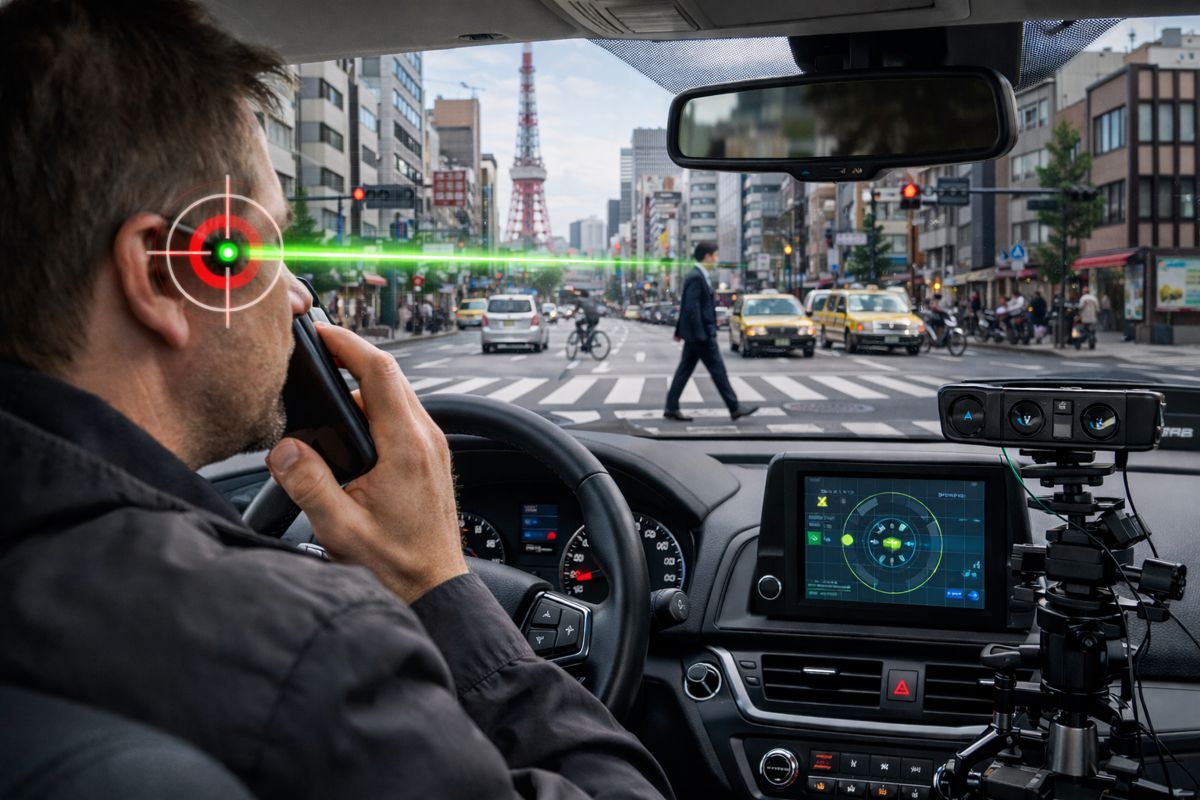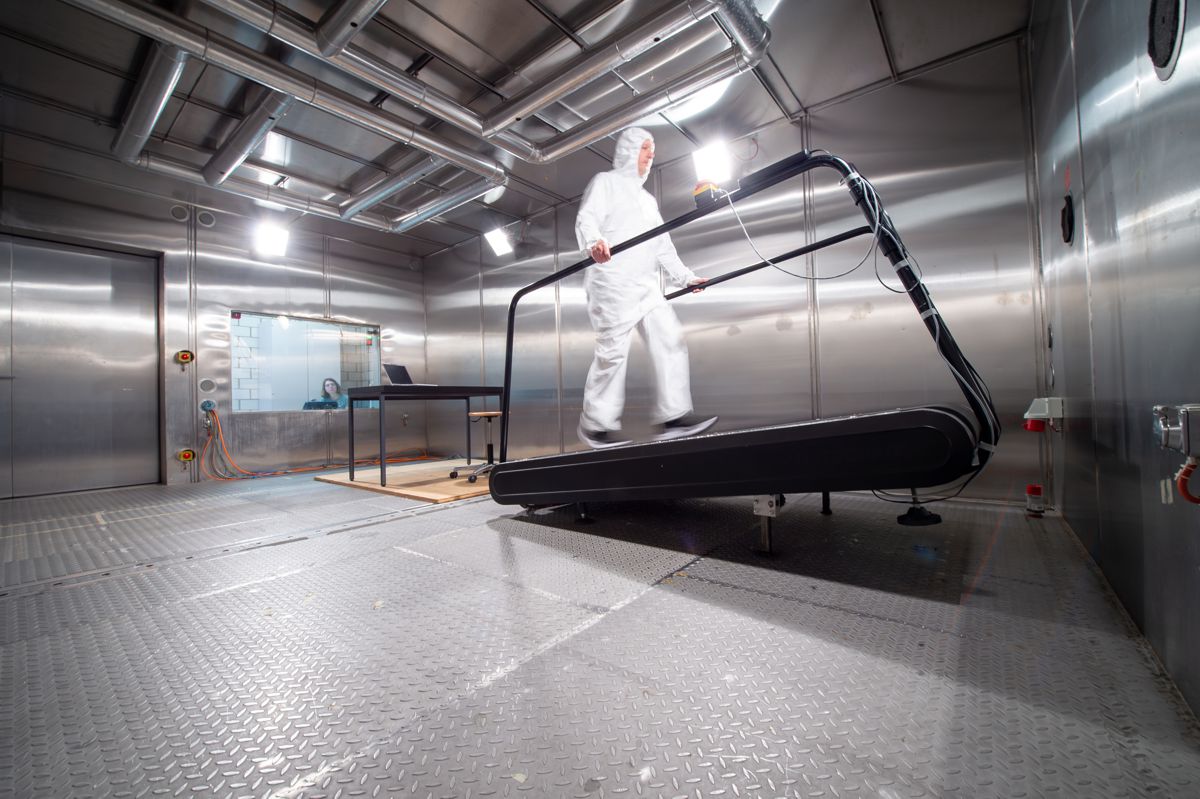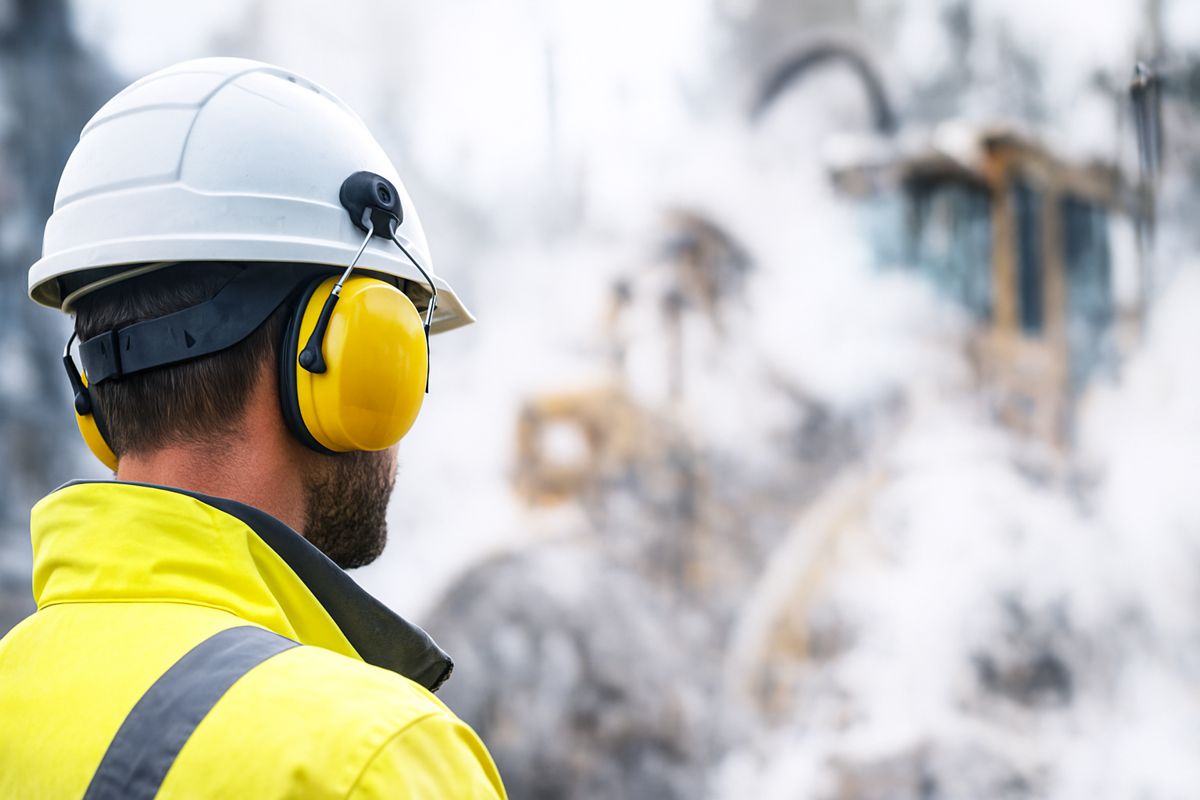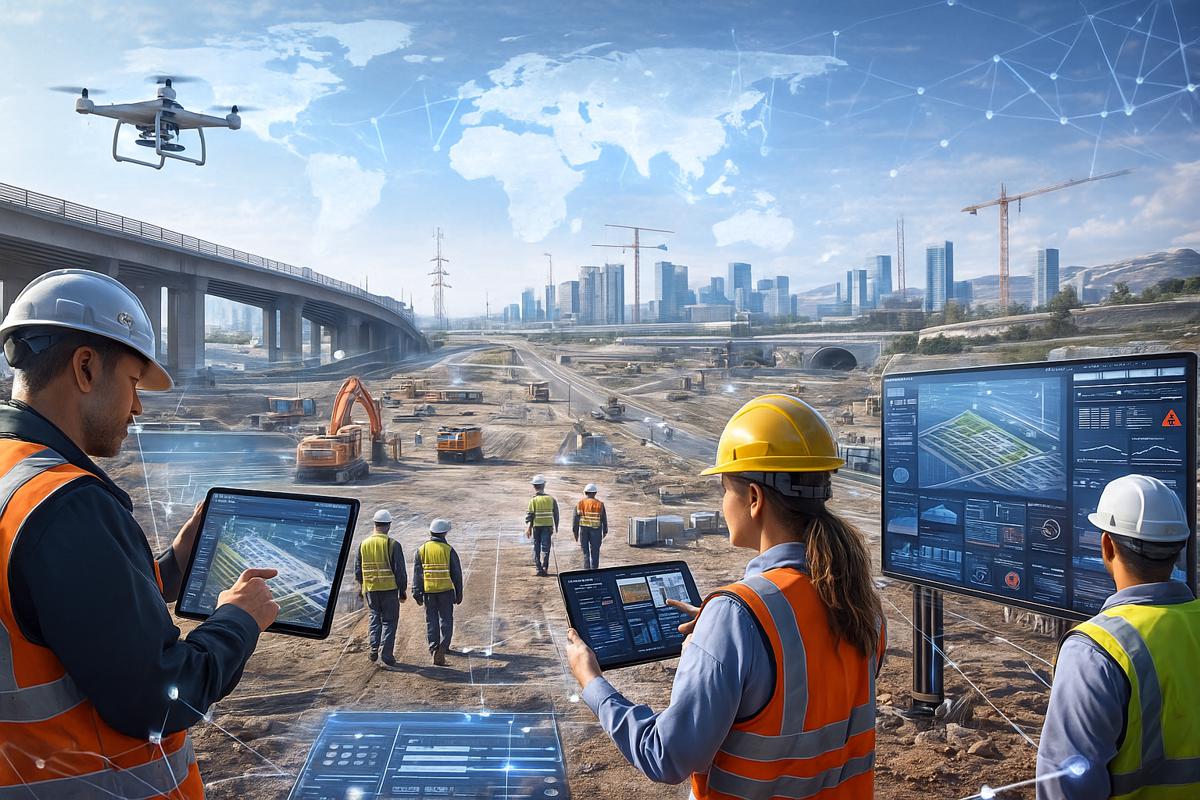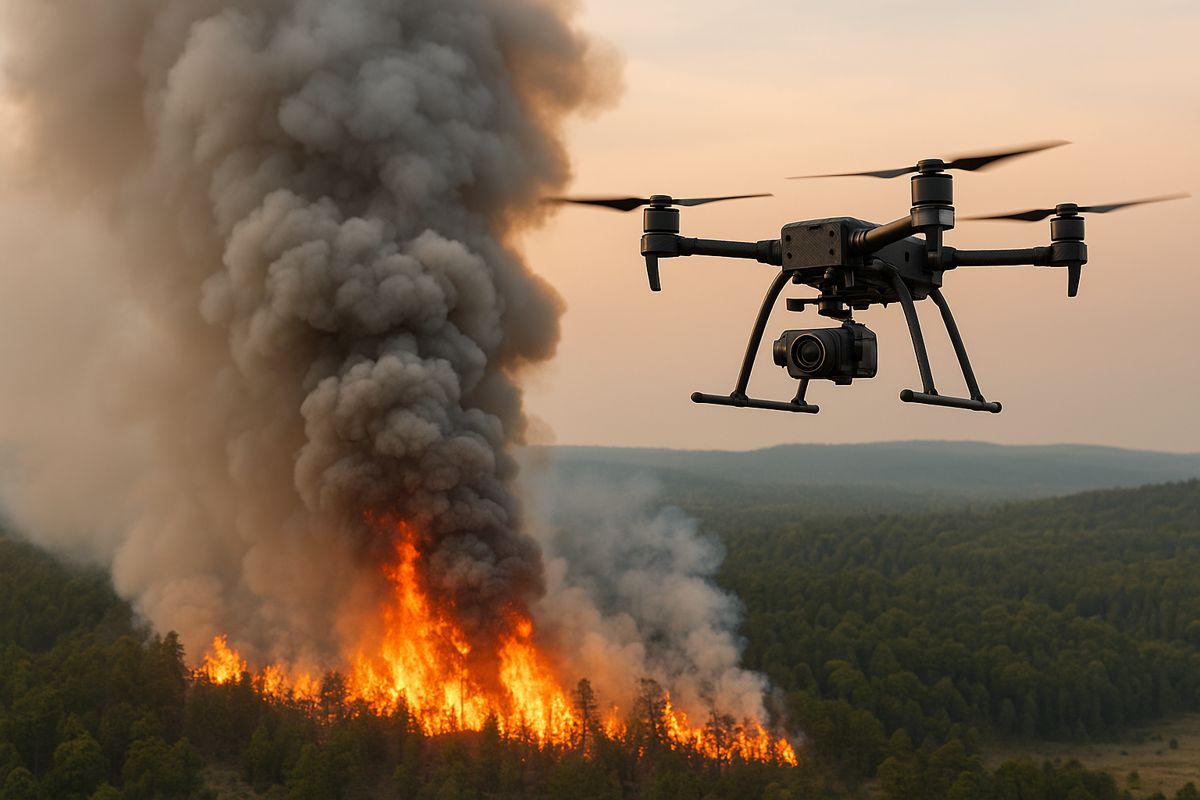What you need to know about Process Safety as a new Engineer
Now you’re fully trained and ready to get started in your new engineering role, there’s a lot of new processes and systems you need to get to grips with.
Arguably the most important thing you need to consider is process safety. What is it, and why is it so important? Here’s what you need to know.
What Is Process Safety?
Process safety is the understanding of any hazards and dangers that are inherent in your work. There will always be dangers, depending on the type of work that you do. By knowing those dangers and adding layers of protection, you can mitigate risks and lower the occurrence of accidents considerably.
Process safety usually plays out like so:
- A potential risk is identified, and understood by engineers working in the area.
- An evaluation is made of the risks, the consequences of said risks, and what safeguards can be put in place.
- Safeguards are then put in place to minimize risk as much as possible.
- Safeguards are introduced to those working in the area, such as engineers and students, as well as the public and anyone else who could be put at risk.
Using The Swiss Cheese Model In Process Safety
The Swiss Cheese Model is one that you’ll see used a lot in process safety, so you’ll need to understand it as a new engineer. It’s an illustration of how you’ll put safeguards into place to improve workplace safety, and was originally created by James Reason.
Think about an event that you want to prevent occurring. This can be a spill, an explosion, or a leak for example. You can put one layer of protection in place, but no one layer is perfect. It’s like a slice of Swiss cheese, where there are holes that can be passed through and the accident can still occur.
That doesn’t mean that you don’t use that method to protect yourself and the workplace. Instead, you use multiple layers to ensure that there’s more protection. When there are more layers of the ‘Swiss cheese’, it becomes more impenetrable, and an accident is much less likely to occur.
This model also acknowledges that no engineer can fully prevent an accident. Those layers will cover a lot of holes, but you won’t be able to stop a freak accident from occurring. With more ‘slices’ in place though, it becomes less likely to occur.
These ‘slices’ can look like the following types of safety parameters:
- Engineering controls: This can mean safer designs, isolation of hazardous energy, and the use of protective systems.
- Admin controls: These are plans and procedures that are put into place. For example, job safety analysis, safe work practices, and chemical hygiene plans all help here.
- Behavioural controls: These are ways you can take steps personally to ensure safety, such as wearing the correct PPE, using the correct tools, and following lab procedures.
- Post incident mitigation: These will be ways you can mitigate the impact of an accident, such as fire suppression and having an emergency response plan in place.
Understanding Your Role
So far, we’ve discussed how your workplace as a whole will look to protect against accidents and ensure safety as a whole. As an engineer yourself, you need to understand your role in this and what you need to do.
Firstly, you need to ask questions as you work. Be aware of what could go wrong, and what you can do to stop that from happening. Are there proper safeguards in place already, or is there something you can do to better manage the risk?
Then, you’ll need to ensure you’re engaging in proper practice. This will be different depending on the exact work you do. It can be wearing the right PPE, using stop work authority, using the right tools, and so on.
Finally, you’ll want to know how to report concerns, should you have them. If anything doesn’t seem right, you should know who to speak to before continuing work.
This is a basic overview of process safety, so you know what you should expect in your first role as an engineer. If you know what’s expected of you, you can work to keep yourself and others safe.
Article by Madeline Miller, a writer at Boom Essays and Paper Writing Service, where she writes about the engineering industry. She’s also a blogger for Write My Essay.









